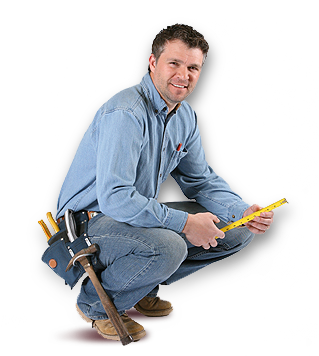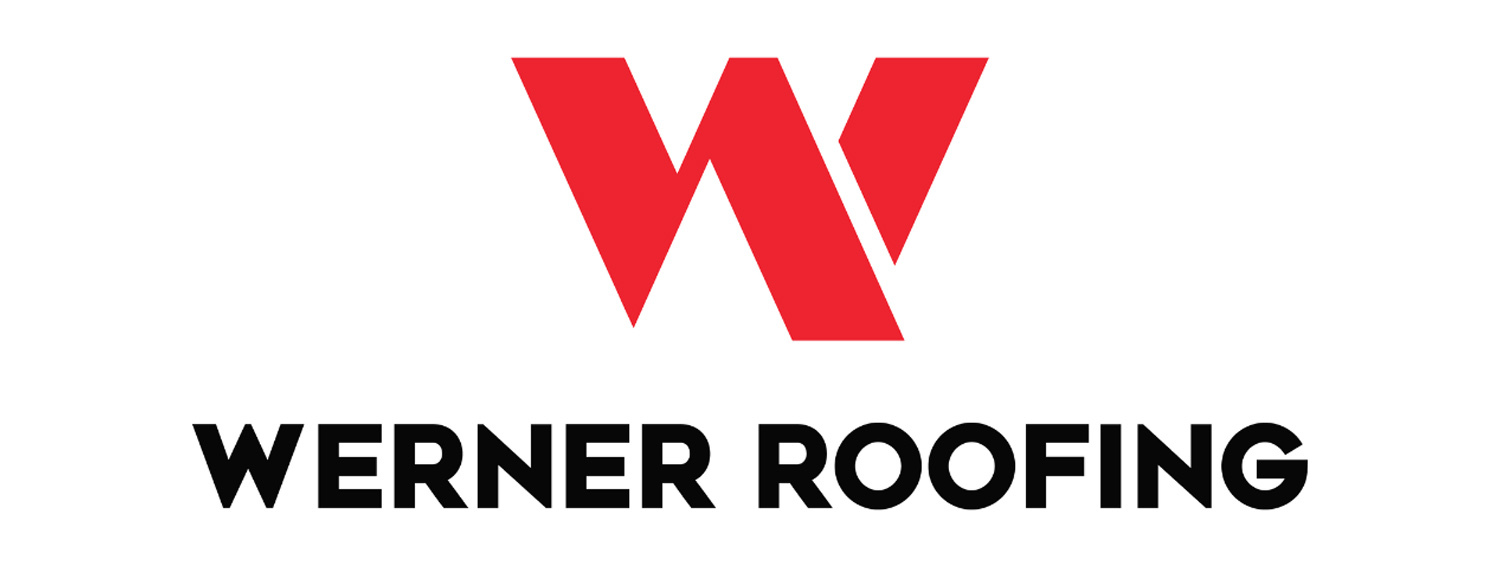Something that’s not-so-easy to determine? Why it’s leaking. But that’s a pretty important thing to know if you want to properly fix the issue. So, to help you identify the source of your leaky roof, let’s take a look at a few of the most common causes.
Why Is My Roof Leaky? 6 Common Causes
Roof leaks occur for all sorts of reasons — some of which are preventable, and some of which are completely out of your control. Either way, when you notice a roof leak in your home, it’s important to stay calm and figure out what’s causing it as soon as possible. This will help you resolve the issue quickly and minimize any costly damage that could stem from it.
Here are six common causes of leaky roofs to look out for, as well as some ideas for what you can do to fix them.
1. Your Roof Is Getting Old
This one’s pretty straightforward. If your roof is older, it’s likely to have been exposed to some extreme weather conditions. Years of wear and tear can cause your roof to break down and become more susceptible to leaks.
Luckily, the solution is pretty straightforward, too! If you find that your roof is aging and showing obvious signs of wear (and more of them), it may be time for a roof replacement. A roof replacement will provide you with a new roof that looks great, performs better, and isn’t likely to experience a leak or any other damage for years to come.
2. Your Roof Flashing Is Damaged
Roof flashing is a thin layer of metal sheeting used to cover the seams or transitional points in your roof. Its main job is to prevent water from seeping through your roof’s cracks and crevices. However, if your roof flashing deteriorates, is damaged, or is completely missing, leaks are likely to develop.
The solution here is to, of course, repair or install new roof flashing. While your entire roof doesn’t usually require flashing, there are a few areas where it’s critical, such as:
- Any roof surface that is connected to a side or front wall
- Any valleys, or low points where two roof slopes connect
- Any protrusions, like chimneys and skylights
- Any roof edges, like rakes or eaves
3. Your Skylight Is Installed or Sealed Incorrectly
Skylights are great for adding visual interest to your home’s design, making your spaces seem bigger and brighter. However, they’re also a common cause of leaky roofs. Skylights are known to cause leaks when they’re installed incorrectly or if the flashing around them is damaged.
With a leaky skylight, you have two options for fixing it: reinstall it or redo the flashing. Or, perhaps you need to do both. Either way, it fully depends on where you determine the leak is actually coming from.
4. Your Chimney Isn’t Sealed Properly
If your home has a chimney, that can also be the source of your leaky roof. When a chimney is improperly sealed, that causes water to collect around it and flow into your home.
Also, if your chimney isn’t placed at your roof’s peak, it should have a cricket; a triangular metal cover that’s placed on the high side where the chimney stack meets the roof. If your cricket is damaged or missing, then water can collect at the bottom of your chimney.
To fix a leak that’s coming from your chimney, you either need to reseal your chimney or repair/replace your cricket.
5. Your Roof Has Damaged or Missing Shingles
From wind to rain and snow, shingles put up with a lot of weather-related stress. Extreme weather can cause your shingles to crack, blister, cup, or blow away — any of which can make your roof leak-prone, inviting water in.
If your roof has damaged or missing shingles, you need to decide whether to repair just a few shingles on your roof or replace the whole thing. This can depend on a few factors, including the extent of the damage, your budget, and how long you plan on living in your home.
If you choose to replace your roof, you may also need to decide between two replacement methods: tear-off and overlay.
- Tear-off roofs are when you tear off your existing roof, then install an entirely new one in place of it.
- Overlay roofs are when you keep your existing roof as-is, then place new roofing materials on top of it.
The decision between these two methods may also depend on the extent of damage, your budget, and how long you plan to live in your home.
6. Your Roof Has Ice Dams
Ice dams are ridges of solid ice that form on your roof’s eaves. They’re caused by temperature differences between the underside of your roof and your roof’s top surface during the snowy months of the year. If your insulation isn’t performing properly, that can cause the snow on your roof to melt, run down the roof, and freeze again. Over time, the ice can back up under your roof’s shingles and melt into your house.
How to deal with and remove ice dams? Never scrape, peel, hack, or chip them directly off your roof. Instead, try cooling the underside of your roof to stop the snow from melting, or use a chemical deicing agent, like calcium chloride, to break the ice dams up.
Then, once the winter season comes to an end, it’s important to check your roof for any damage ice dams may have done to your shingles. If you find any damages, it’s important to get them fixed soon, before the spring rainy season approaches.
Have a Leaky Roof? Werner Roofing Can Help
Need help determining the cause of your leaky roof? Contact Werner Roofing. We’ll pinpoint the exact source of water coming in, and then we’ll fix it up as soon as possible. That way, you can minimize costly damages and keep your home comfortable.

OUR FREE ROOF INSPECTION
How do you know when it’s time for a new roof? The only way to be sure of your residential roof’s current condition is to have a licensed professional personally inspect it. Werner Roofing is proud to offer free roof inspections for every client, so you can be sure of your roof’s condition. Every Werner Roofing inspection comes complete with our promise: “We won’t recommend or sell a roof replacement unless it’s necessary.”


